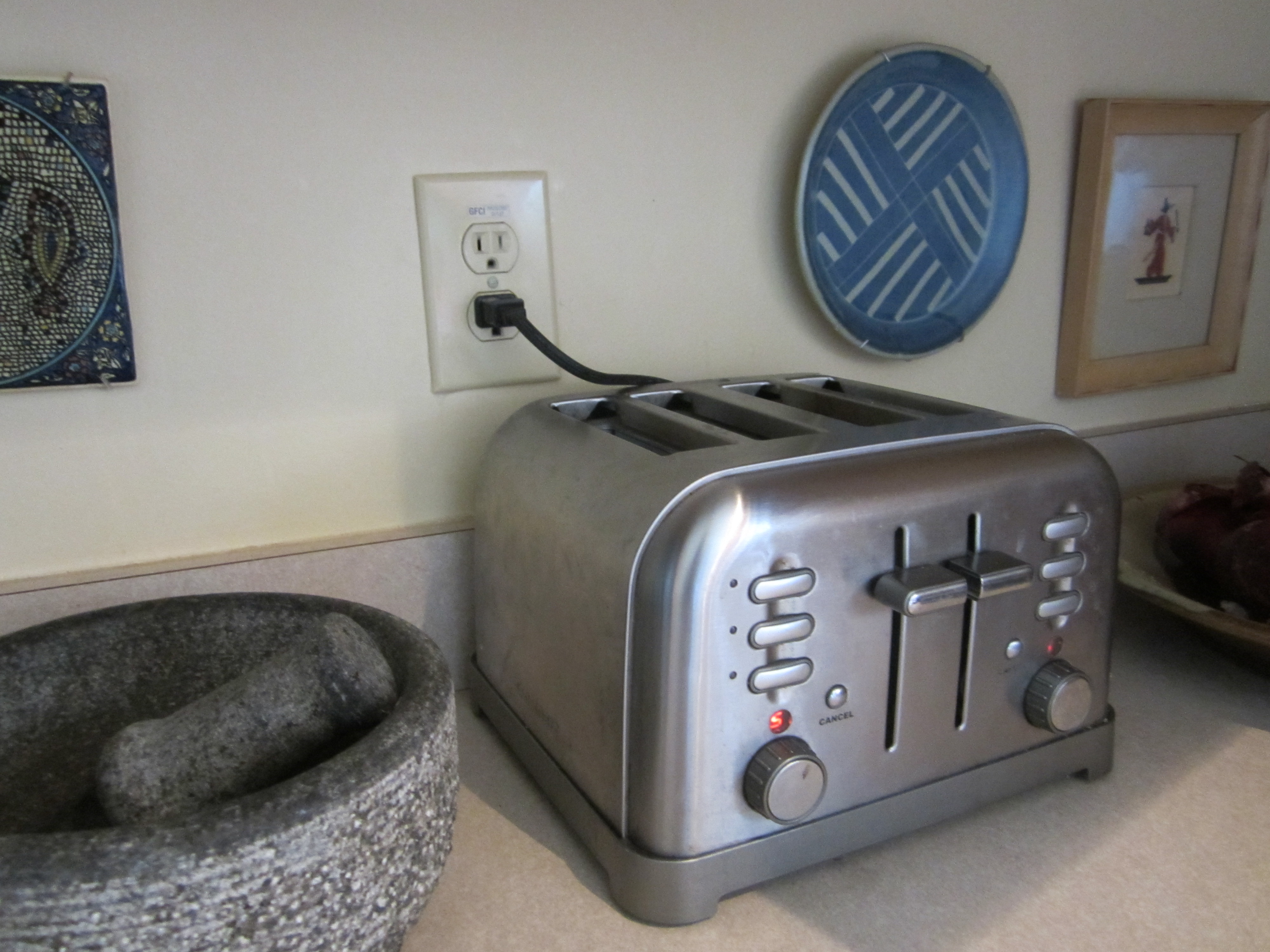

Articles
What Kind Of Energy Does A Toaster Have
Modified: February 27, 2024
Discover the different types of energy that power a toaster and learn more about this essential kitchen appliance. Read our informative articles today.
(Many of the links in this article redirect to a specific reviewed product. Your purchase of these products through affiliate links helps to generate commission for Storables.com, at no extra cost. Learn more)
Introduction
In our modern world, energy plays a crucial role in our day-to-day lives. From powering our homes to fueling transportation, energy is an essential element that drives our society forward. When it comes to appliances such as toasters, understanding the type of energy they utilize is important for both our knowledge and safety. Have you ever wondered what kind of energy a toaster has? In this article, we will explore the two primary forms of energy involved in the operation of a toaster: electrical energy and thermal energy.
Key Takeaways:
- A toaster harnesses electrical energy from the outlet and transforms it into thermal energy to create the crispy and golden toast we all love, highlighting the fascinating energy conversions happening behind the scenes.
- Understanding the types of energy involved in a toaster – electrical and thermal – allows us to appreciate the science and engineering behind this everyday kitchen appliance, reminding us of the importance of electrical safety.
Read more: What Kind Of Grass Does Lambeau Field Have
Types of Energy
Before we delve into the specific energies associated with a toaster, let’s take a moment to explore the different types of energy that exist in the world.
1. Kinetic Energy: This type of energy is associated with motion. It can be seen in a moving car or a running athlete.
2. Potential Energy: Potential energy is stored energy that has the potential to be converted into other forms. Examples include a stretched rubber band or a weight lifted high above the ground.
3. Chemical Energy: Chemical energy is stored in the bonds between atoms and molecules. It can be released through chemical reactions, such as when fuel is burned or food is digested.
4. Electrical Energy: Electrical energy is the result of the movement of charged particles, such as electrons, through a conductor. It powers many of the devices we use in our daily lives, including toasters.
5. Thermal Energy: Thermal energy is the energy associated with the motion of particles within a substance. It is often referred to as heat energy and is the type of energy that is generated when a toaster is in use.
For the purpose of this article, we will be focusing on the electrical energy that powers a toaster, as well as the thermal energy it produces.
Electrical Energy
In the world of appliances, electrical energy is the driving force behind their operation. It is the energy that flows through the electrical circuits, powering the various components and enabling them to perform their functions. A toaster relies on this electrical energy to heat up and toast bread slices.
The electrical energy needed to operate a toaster is typically supplied through a power cord that is connected to an electrical outlet. The outlet provides a flow of electricity from the electrical grid to the toaster, allowing it to convert this energy into other forms.
Within the toaster, the electrical energy is utilized by various components, including the heating elements and the control mechanism. The heating elements, typically made of nichrome wire, are responsible for generating the heat needed to toast the bread. When the toaster is turned on, an electrical current passes through the heating elements, causing them to heat up.
The amount of electrical energy consumed by a toaster can vary depending on factors such as the power rating of the appliance and the duration of its operation. Toaster models generally come with a power rating, displayed in watts, which indicates how much electrical energy the toaster requires to function efficiently. It is important to consider this when using a toaster, as exceeding the rated power can lead to overloading and potential electrical hazards.
To ensure the safe and efficient use of electrical energy, it is essential to follow basic electrical safety guidelines. This includes properly grounding the toaster, avoiding overloading electrical circuits, and unplugging the appliance when not in use.
Overall, electrical energy is the fundamental form of energy that powers a toaster and allows it to perform its toasting function. It is important to be mindful of the electrical energy requirements and safety precautions when using such appliances to ensure a seamless and safe kitchen experience.
A toaster typically uses electrical energy to generate heat and toast bread. It converts electrical energy into thermal energy to brown the bread. Always ensure the toaster is plugged into a properly grounded outlet to avoid electrical hazards.
Thermal Energy
Thermal energy, also known as heat energy, is the form of energy that is generated and utilized by a toaster to toast bread slices. When the electrical energy is supplied to the toaster and flows through the heating elements, it is converted into thermal energy.
The heating elements in a toaster are designed to have high electrical resistance, which causes them to heat up when an electrical current passes through them. This transformation of electrical energy into thermal energy occurs due to the resistance offered by the heating elements to the flow of electrical current.
As the heating elements heat up, they transfer thermal energy to the surrounding environment, including the bread placed inside the toaster. This transfer of heat energy causes the bread to toast or become crispy and browned. The toaster typically has adjustable settings, allowing users to control the degree of toasting based on personal preferences.
It is important to note that thermal energy plays a crucial role in the toasting process. The heat generated by the toaster’s heating elements causes the moisture within the bread to evaporate, which leads to the desired toasting effect. The higher the temperature of the toaster, the faster the toasting process occurs.
It is essential to handle the toaster with caution, especially when it is in operation and generating thermal energy. The exterior of the toaster can get hot during use, so it is advisable to avoid touching it directly to prevent burns or injuries. Additionally, allowing the toaster to cool down before cleaning or storing it is recommended to ensure safety.
Overall, thermal energy is the key form of energy involved in the toasting process. It is the heat energy produced by the toaster’s heating elements that transforms the bread slices into a delightful crispy texture. Understanding and appreciating the role of thermal energy in a toaster enhances our appreciation for this everyday appliance.
How a Toaster Works
Now that we have explored the types of energy involved in a toaster, let’s take a closer look at how a toaster actually works to toast bread slices.
1. Insertion: The first step in using a toaster is to insert the bread slices into the designated slots. Most toasters have slots that can accommodate two, four, or even more slices of bread.
2. Setting Adjustment: Once the bread is inserted, you can adjust the settings on the toaster to achieve the desired level of toasting. This typically includes options for light to dark toasting, allowing you to choose the level of crispness.
3. Power Supply: To operate, the toaster needs to be connected to an electrical outlet. This provides the necessary electrical energy for the toaster to function.
4. Heating Elements: When the toaster is turned on, an electrical current flows through the toaster’s heating elements, usually made of nichrome wire. As the electrical energy passes through these heating elements, they start to heat up and generate thermal energy.
5. Heat Transfer: The generated thermal energy is transferred from the heating elements to the bread slices. The toasting process begins as the heat causes the moisture within the bread to evaporate and the bread becomes crispy and golden.
6. Timer: Most toasters are equipped with a timer mechanism that automatically turns off the heating elements once the desired toasting time has elapsed. This helps to prevent overtoasting and ensures a consistent result.
7. Pop-Up Mechanism: Once the toasting process is complete, the toaster’s pop-up mechanism is activated. This mechanism raises the toasted bread slices, allowing for easy removal without the risk of burning your fingers.
It’s important to note that the exact working mechanism of a toaster may vary slightly between different models and brands. However, the fundamental principles discussed above apply to most conventional toasters.
Toasters are designed to be user-friendly, efficient, and safe kitchen appliances. Understanding how a toaster works helps us appreciate the engineering and design behind these everyday devices that bring us the joy of toasted bread.
Read more: What Kind Of Grass To Have In Georgia
Conclusion
In conclusion, a toaster operates by utilizing electrical energy and transforming it into thermal energy to toast bread slices. The electrical energy flows through the heating elements, causing them to heat up and generate heat. This heat is then transferred to the bread, resulting in the desired toasting effect.
Understanding the types of energy involved in a toaster – electrical energy and thermal energy – allows us to appreciate the science and engineering behind this everyday kitchen appliance. It also reminds us of the importance of electrical safety when using appliances that rely on electrical energy.
Next time you enjoy a slice of perfectly toasted bread, take a moment to consider the energy transformations happening inside your toaster. From the electrical energy supplied by the outlet to the thermal energy that crisps up your bread, each step of the process contributes to the delightful toasted goodness.
So, the next time someone asks you, “What kind of energy does a toaster have?” you can confidently answer that it harnesses electrical energy and converts it into thermal energy to create the toast we all love.
Now, go grab a slice of bread, insert it into the toaster, and enjoy the magical transformation of energy that turns it into a toasted delight!
Frequently Asked Questions about What Kind Of Energy Does A Toaster Have
Was this page helpful?
At Storables.com, we guarantee accurate and reliable information. Our content, validated by Expert Board Contributors, is crafted following stringent Editorial Policies. We're committed to providing you with well-researched, expert-backed insights for all your informational needs.

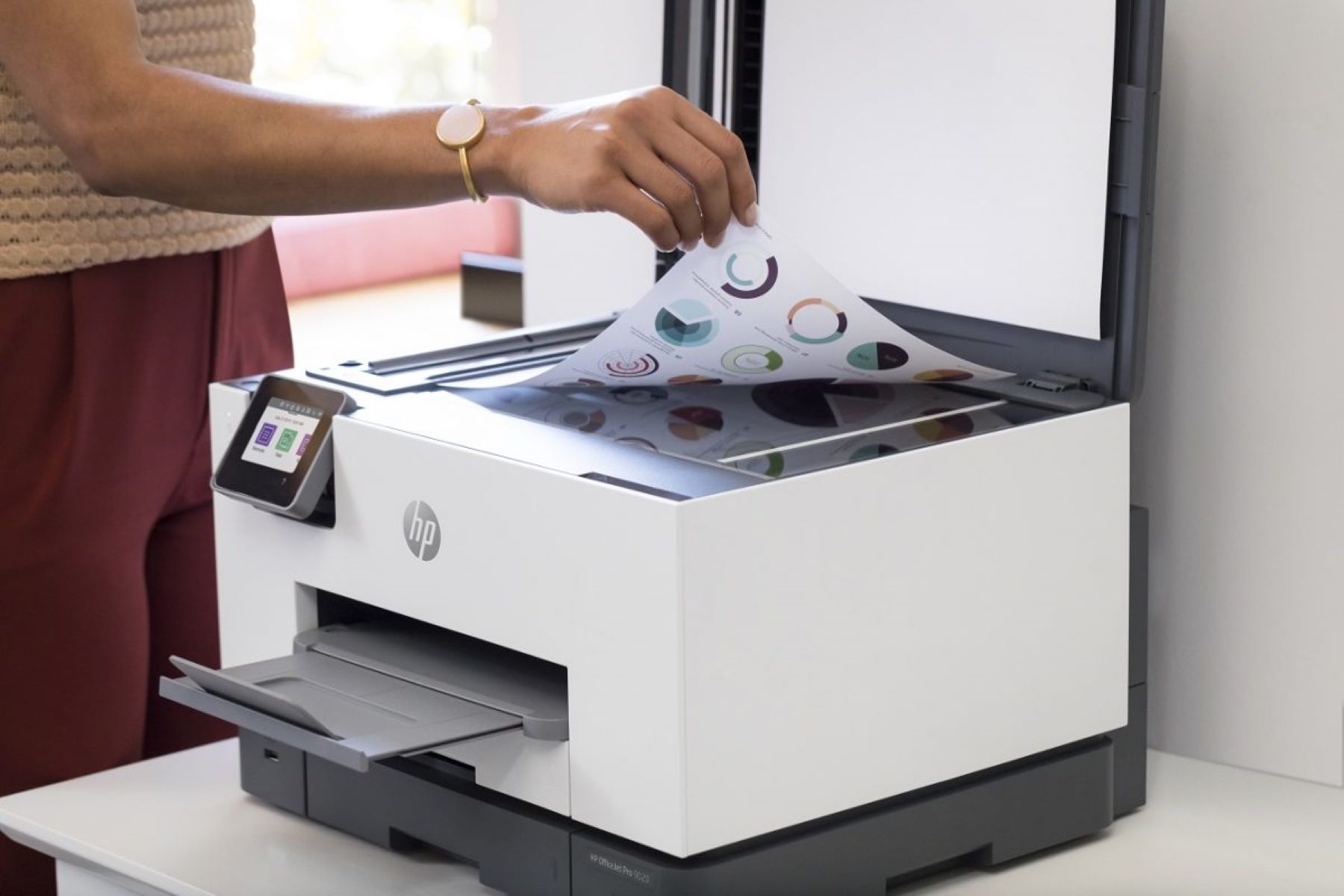

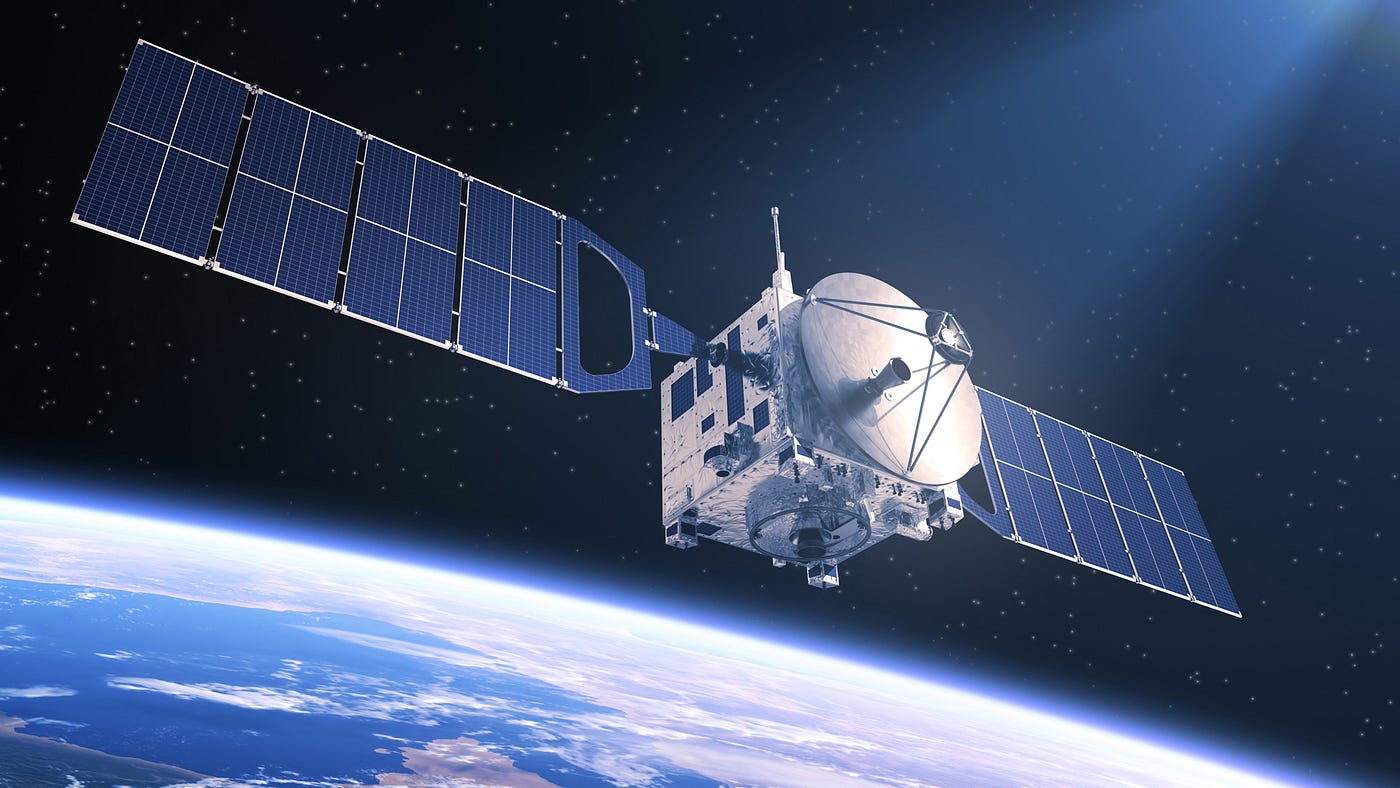
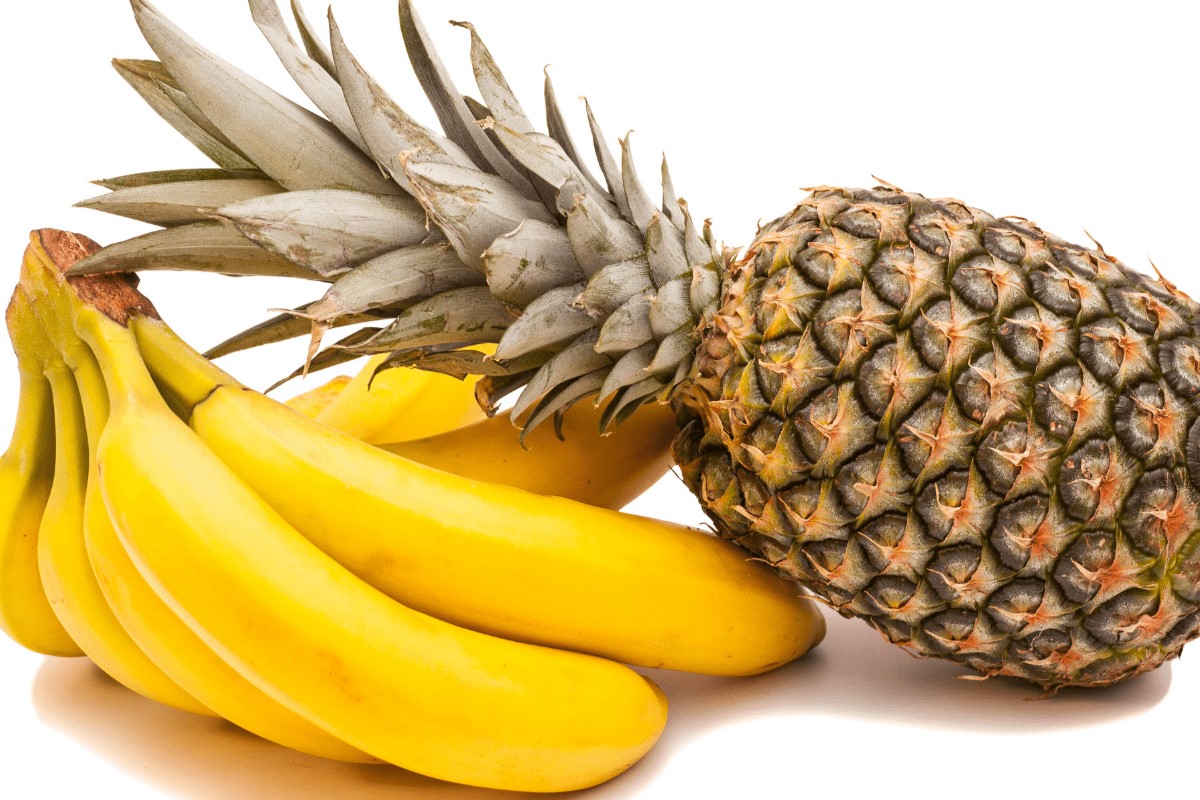

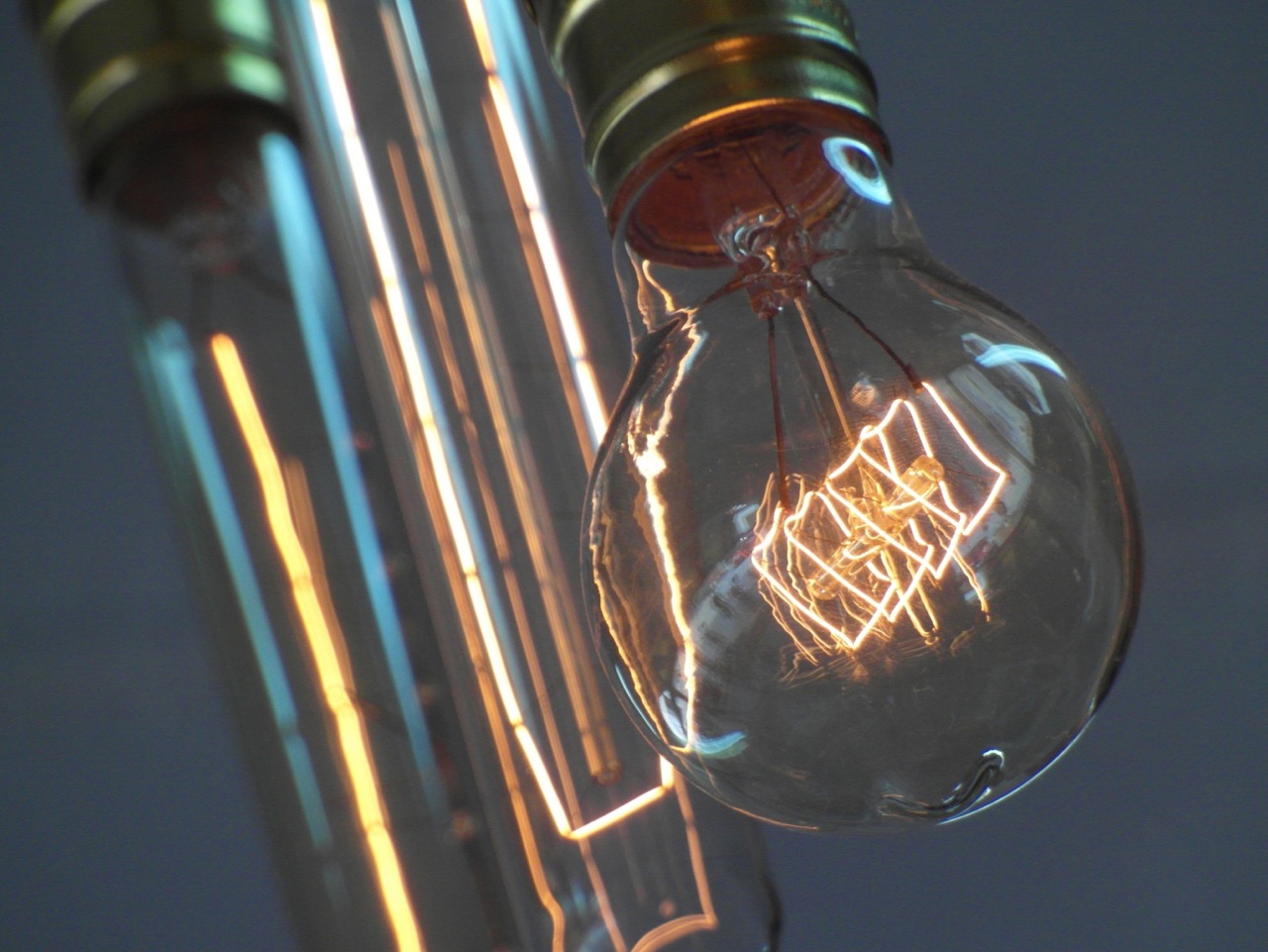

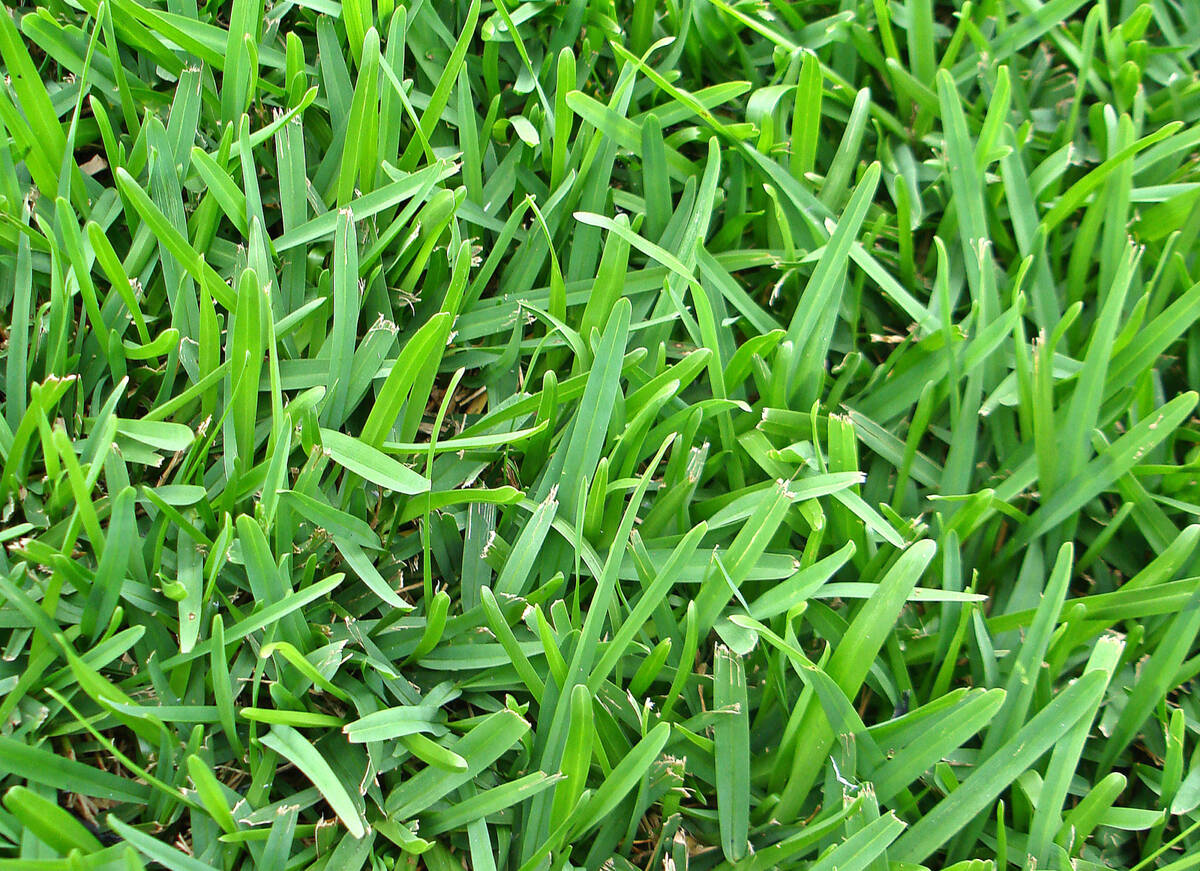
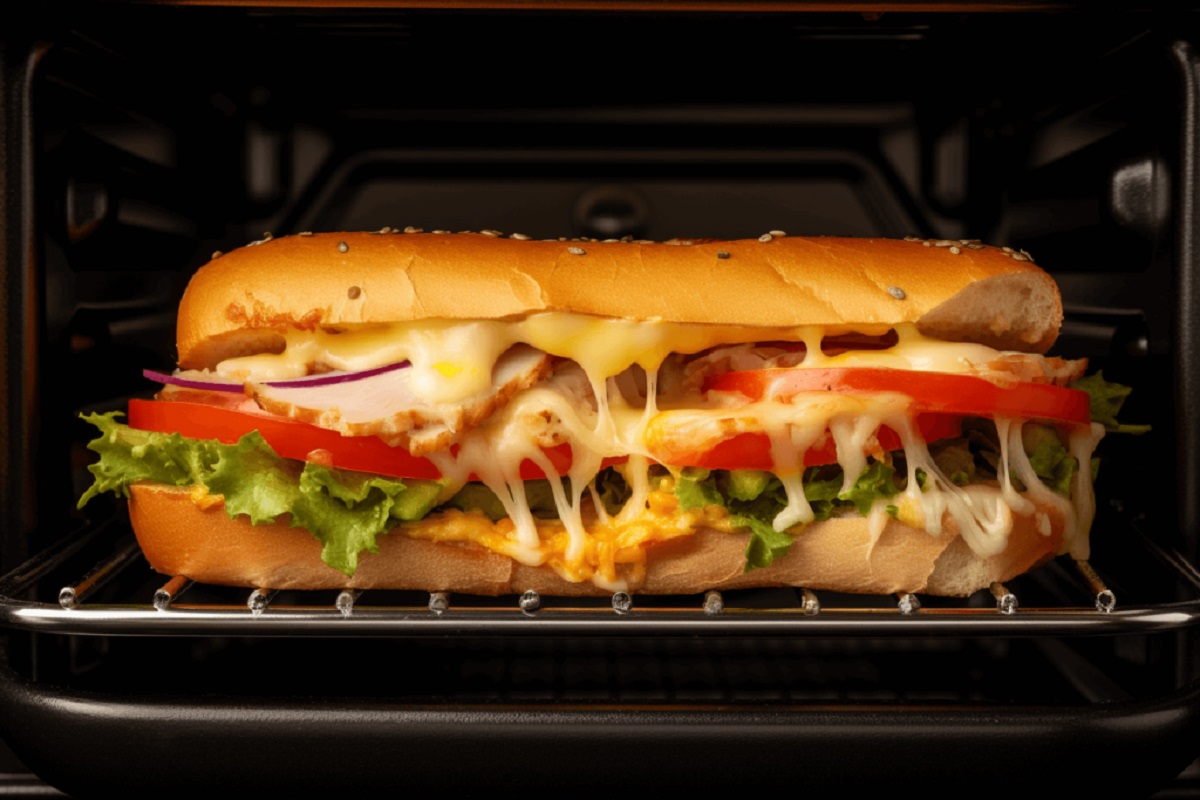
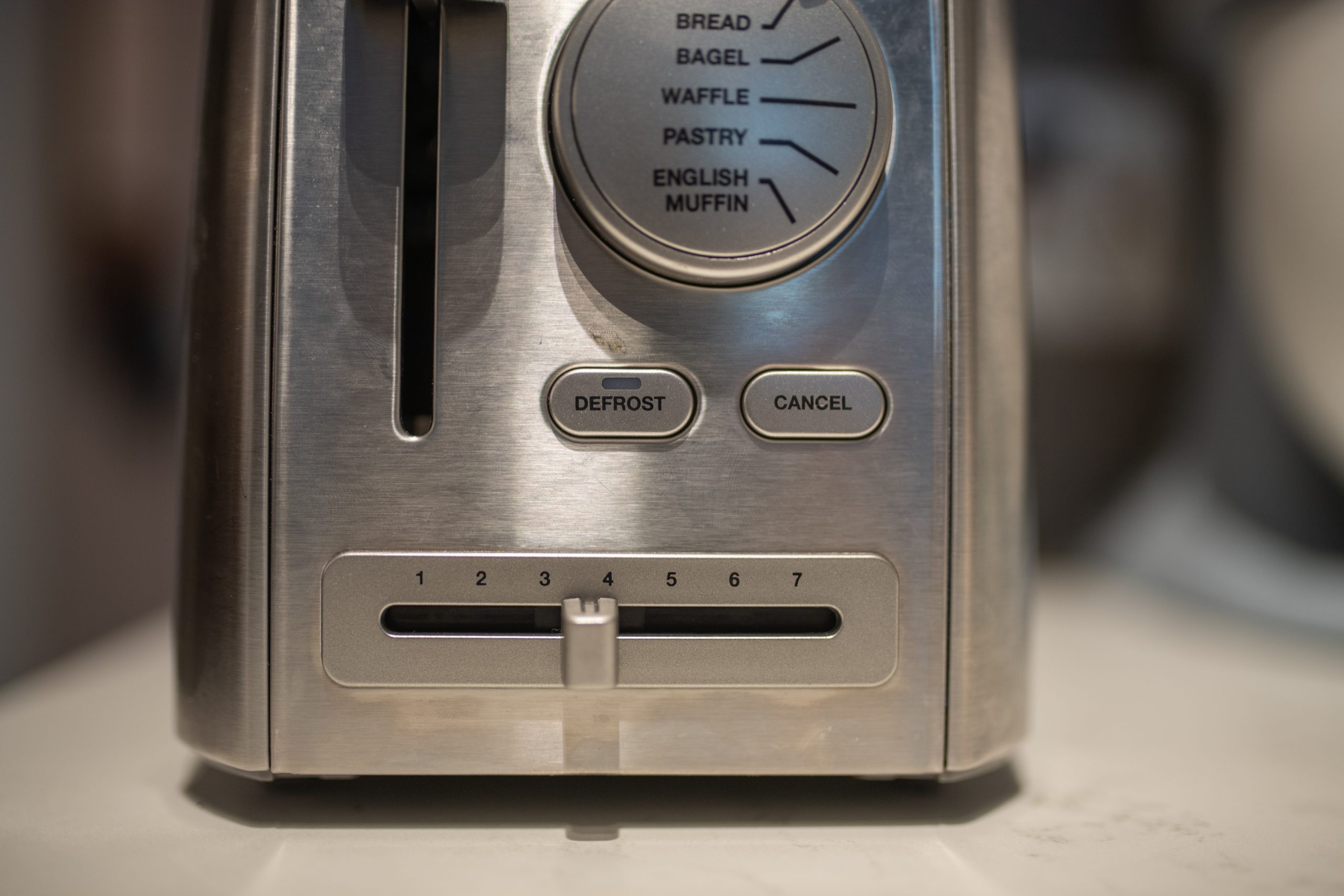


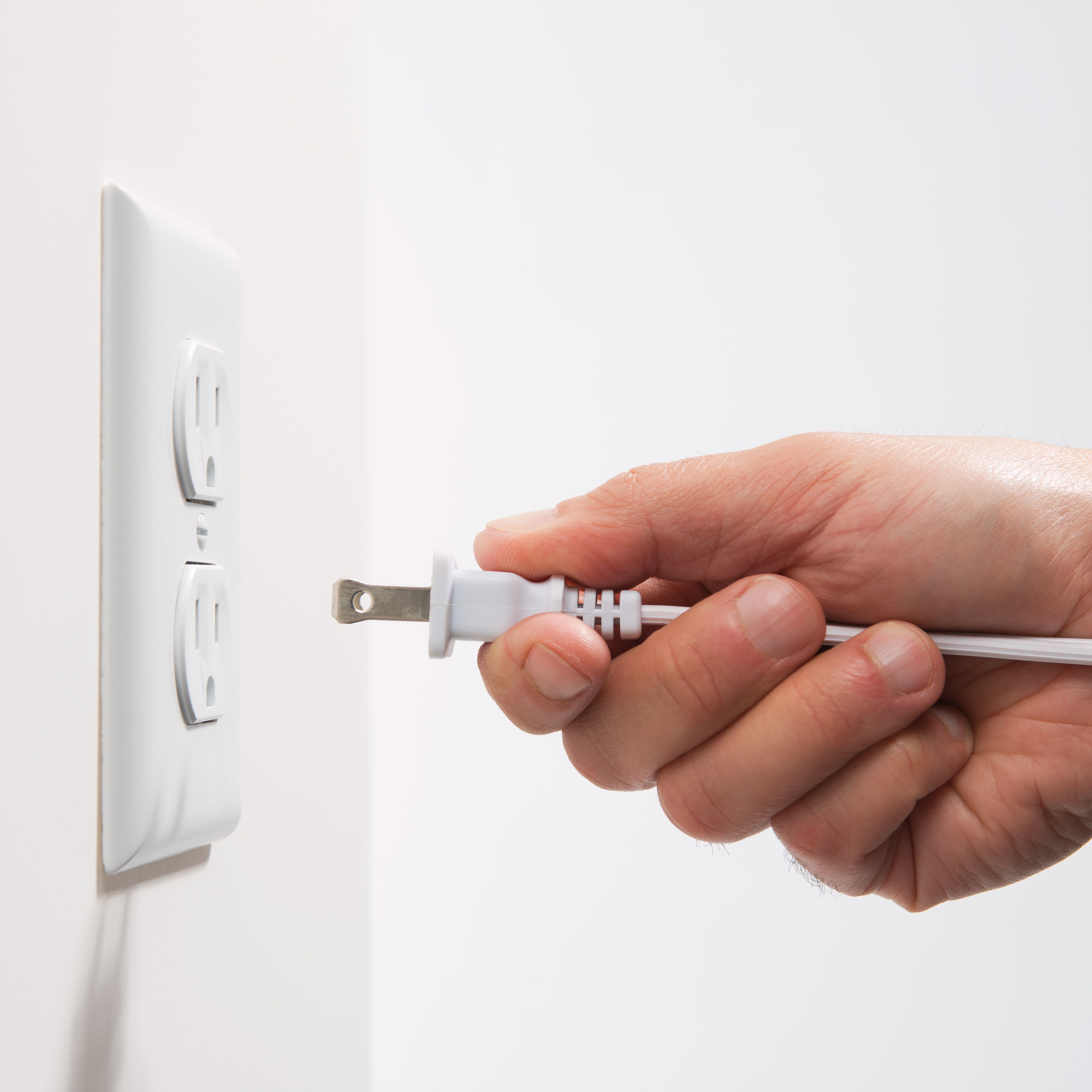

0 thoughts on “What Kind Of Energy Does A Toaster Have”